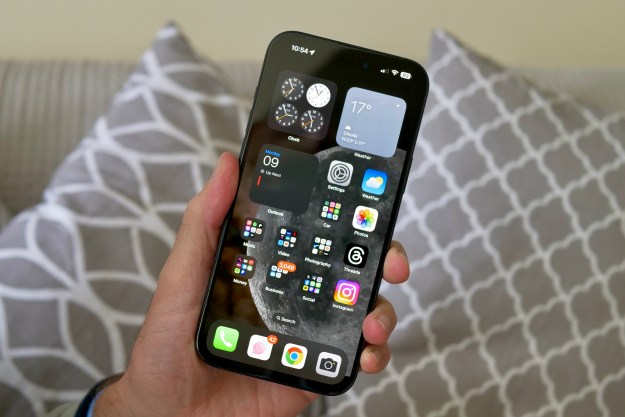
Using neural network technology, Patch scans an image to determine where the subject ends and the background begins. Then, the program separates the two and applies a blurring effect to the background, mimicking that deep portrait depth of field that the small sensors of smartphone cameras are unable to achieve.
While the brunt of the system relies on the automatic selection, Patch also provides users with the tools to correct a background blur that the system didn’t get right. With paintbrush tools, users can attempt to select the subject to keep sharp and erase any background areas the program incorrectly left sharp. A range of brush sizes helps users with the often time-consuming process of selecting the subject.
Patch also allows users to choose just how much background blur to apply, from a subtle blur to a more extreme effect.
Since Patch is software based, the app works with several different iOS models, including options as old as the iPhone 5s. The software requires iOS 9.0 or newer operating systems.
Developed by Henry Lee, Patch recently updated to version 1.2, which removed the early version’s limits on resolution that only allowed users to export images at or under 1080 pixels on the longest edge.
Patch is free to try as a download on the App Store, but users fond of the faked bokeh will likely want to make the $.99 in-app purchase to get the Patch logo out of the corner of any exported images.
Editors' Recommendations
- iPhone 16: news, rumored price, release date, and more
- iPhone SE 4: news, rumored price, release date, and more
- Here’s how Apple could change your iPhone forever
- Why you should buy the iPhone 15 Pro Max instead of the iPhone 15 Pro
- This one thing could make iOS 18 the best iPhone update in years




